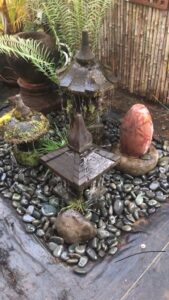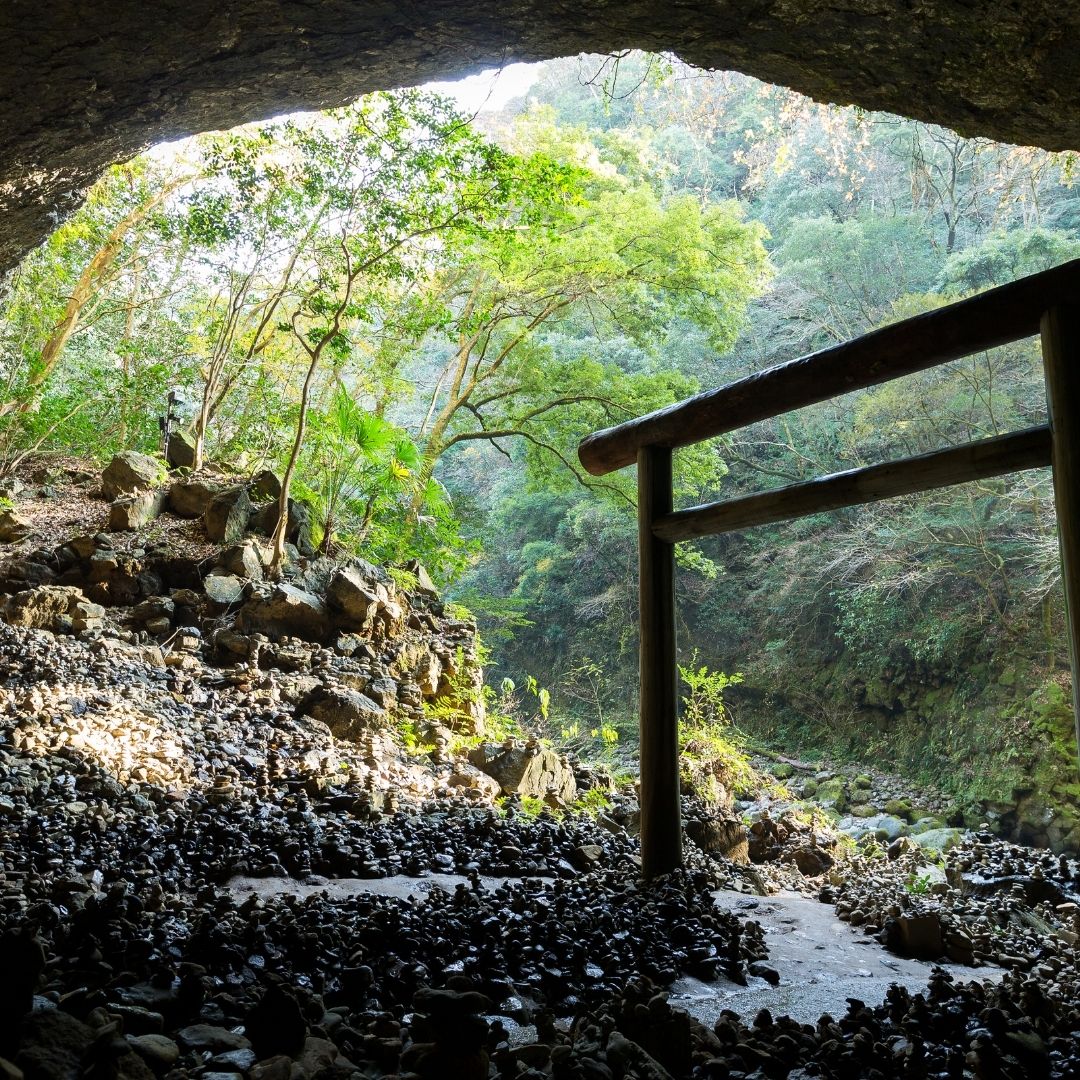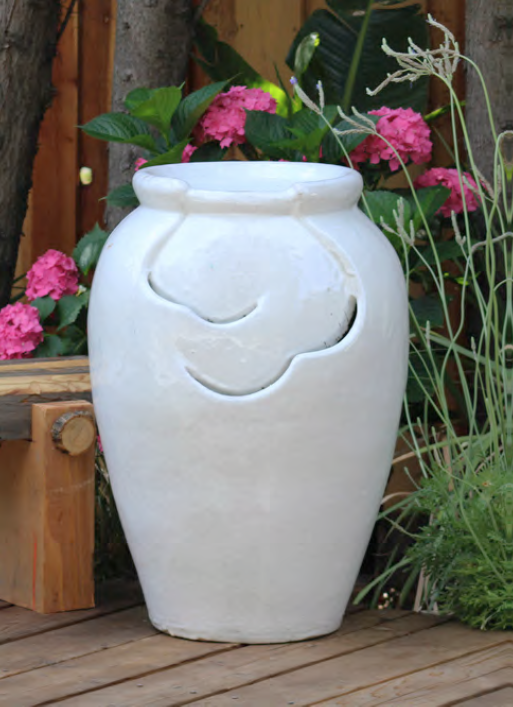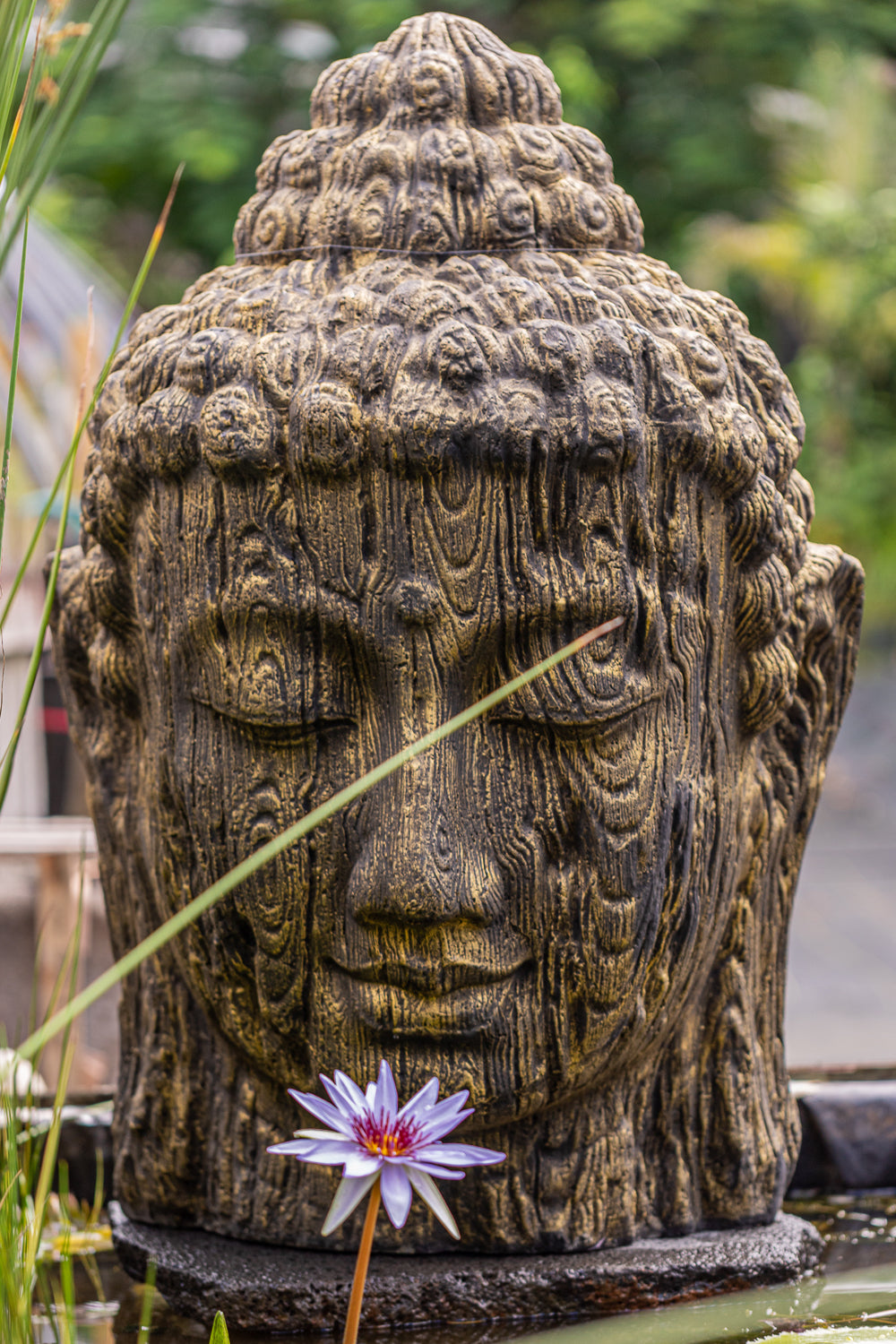How did Buddha get his curls?
As Buddhist legend has it, Buddha sat unmoved for seven weeks meditating. Buddha was so absorbed in his practice that he did not notice the effects of the scorching sun on his head. A Snail passing by noticed Buddha deep in thought, and was so moved by the Buddha’s devotion, that it felt compelled to help shield the Buddha from heatstroke. The snail decided to sacrifice his own life, by offering shade and moisture to the Buddha by crawling up Buddha’s cloak and resting on his head. More snails joined in, helping to protect the Buddha from the blazing sun. When he finally stood up, Buddha was so grateful to the snails for sacrificing themselves, that he vowed to continue wearing the snails on his head for the rest of his life: thus came the version of Buddha we often see, with 108 dried snails on his head.
Would it have been possible for the Buddha to reach enlightenment without the snail’s help? We don’t know for sure, but many revere snails as martyrs in their role in protecting him on his journey to enlightenment. We at Garden Ponds find snails to be generally helpful, and we often find three common species in our water gardens: Ramshorn, Bladder/Pond, and Trumpet snails.
Are these snails in my water garden good or bad?
Snails are the ultimate grazers, for better or for worse. These members of the Mollusk family serve the ecosystem near the bottom of the food chain, consuming organic material (decaying plant matter mostly) and going about their business. Since they play a role in eating the buildup of algae and decaying plant material, they are worth keeping around.
If they go after your live plants, you will want to kick them out. Often you may see snails on your water lily leaves munching on the edge of a hole. It may appear they are eating your leaves, but in fact they are just eating the decaying plant material on the edge of a tear or hole.
Apple snails, on the other hand, are very destructive to the Kalo fields, and should most definitely be removed if seen. One memorable activity that school-aged children do when partaking in a field trip to the lo’i, is squashing the pink eggs of the apple snail on the stems of the kalo. We do not like snails that eat our live plants, especially our food! This is also true of the Giant African terrestrial snail.
Thankfully, in the decorative water garden you won’t come across Apple snails or Giant African snails, but you will happen upon Ramshorn snails, Bladder snails/Pond snails and Trumpet snails. These ‘helper snails’ will work to break down decaying plant material and eat up excess algae and fish waste, maintaining a balanced ecosystem. However, these aquatic snails will breed quickly (and in large numbers) if they have access to a lot of food or debris in their habitat.
What to do if I have too many snails?
If you seem to have too many snails in your water garden, you can manually remove them to reduce numbers. Mucking out your pond or water garden quarterly will help to keep the plant debris and muck in check, which will reduce overpopulation of snails. You can do this yourself by creating a syphon with a garden hose and ‘vacuuming’ out the bottom of your water garden. Be careful to only remove up to 50 percent of the water volume at a time so when you refill with hose water you are not overwhelming your ecosystem with chlorine. The ‘muck’ is excellent for your garden because it is already partially broken down and therefore more bioavailable. Think of snails as the ‘worms’ of the water gardening world, and therefore, a welcome addition.
What snails should I include in my water garden?
Over our years of observation, we have had the best experience keeping Ramshorn snails as the primary snail in our water gardens. We recommend putting two Ramshorn snails in each water garden. Placing these snails in new water gardens, also kickstarts the production of beneficial bacteria and other microbes. These microbes, from established pond water, helps to begin the nutrient cycle and plays an important role in making a pond ecosystem self-sufficient.
Finding the right balance is important. Visit us at our nursery to get the ‘starter kit’ that has everything you need to create your own balanced water garden, including fish, Ramshorn snails and underwater clarifying plants.
Garden Ponds is located in Kilauea, next to the Kauai Mini Golf and is open Wednesday through Sunday, noon to 5 p.m. Give us a call at 808-828-6400 or visit us at www.gardenpondskauai.com to see what we are all about. Visit our online store at www.indopacificemporium.com to see our statuary (including the Buddha head shown).
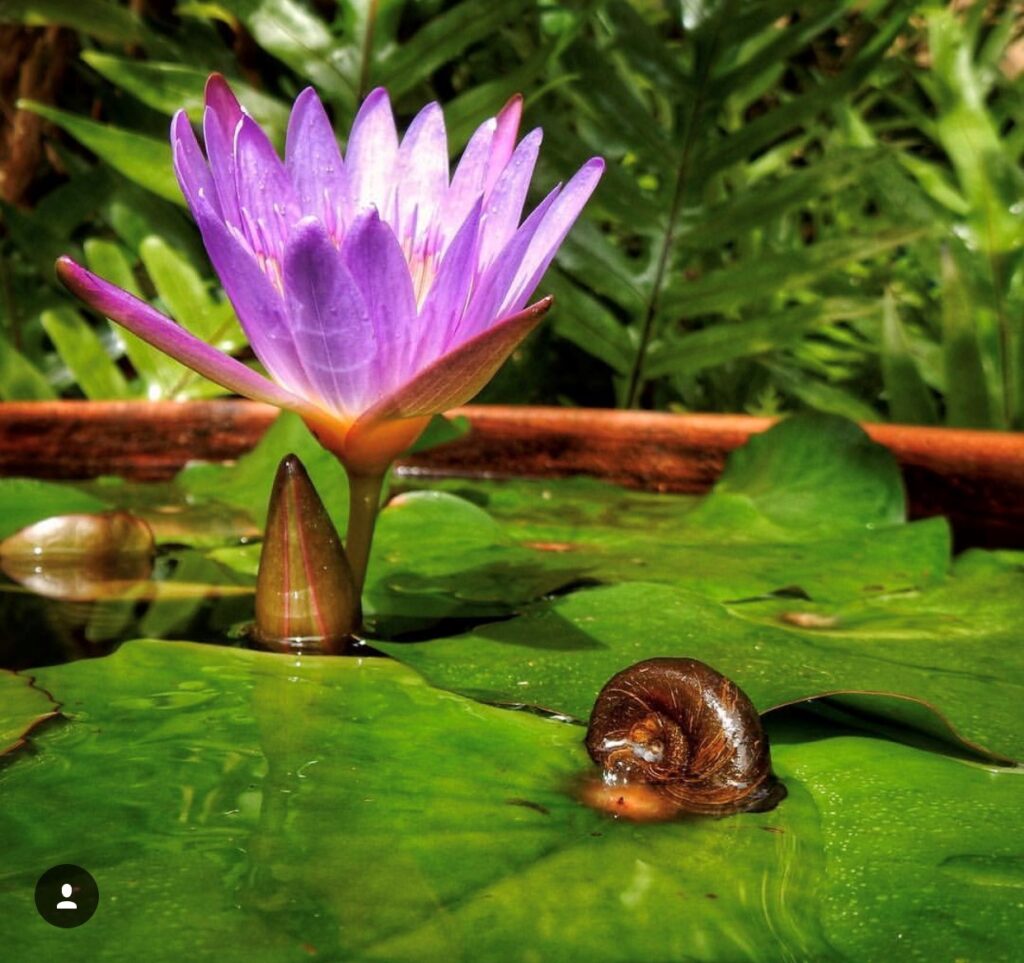
Pictured here is our favorite water garden snail cruising the pads of a Panama Pacific water Lily. The Ramshorn snail is aptly named for its Rams Horn shape.
